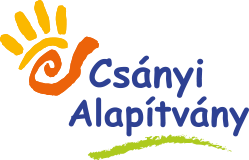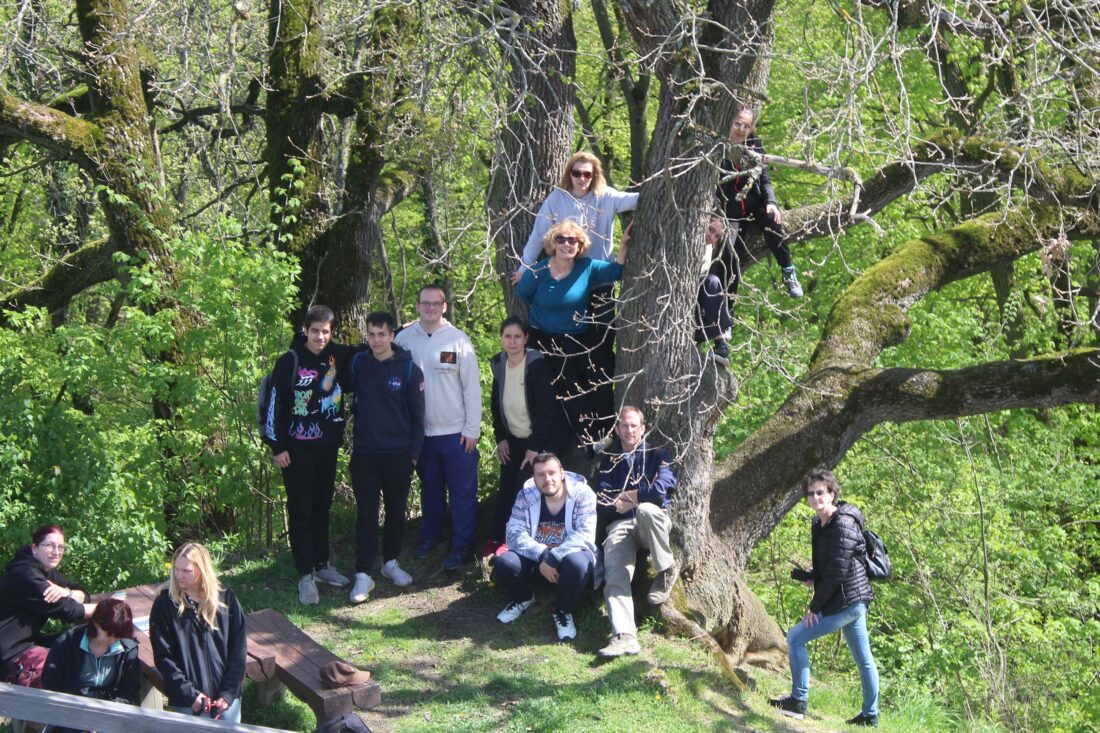
With the Kaposvár Hiking Club in Kerek
On the first day of the spring break, we finally had another Hiking Club session! A long-standing goal was achieved as we started our spring hiking season in the vicinity of Lake Balaton, visiting the ruins of Fejérkő Castle near Kereki. Kereki is a beautiful village nestled in a picturesque natural environment in Somogy County. Our first stop was the visitor center located at the foot of the hills in the valley. The local mayor kindly assisted us, opening the archaeological exhibition and the exhibition space dedicated to the history of the castle specifically for us, at the behest of our facilitator, Máté Varga. The castle is first mentioned in a document dating back to 1336. Máté, acting as our guide, provided an interesting tour, explaining the background and origin of the exhibited artifacts. We had the opportunity to try on medieval costumes, bringing the past to life in the present. The guided tour was both informative and enjoyable.
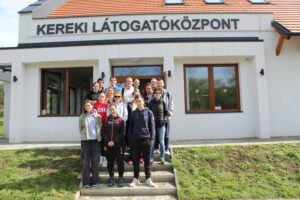
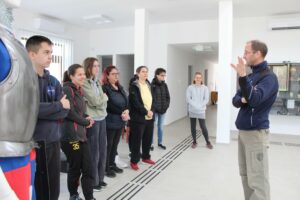
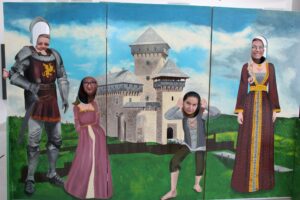
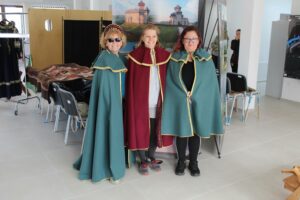
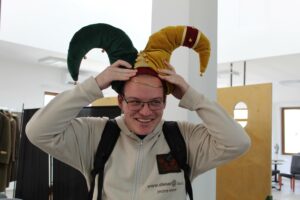
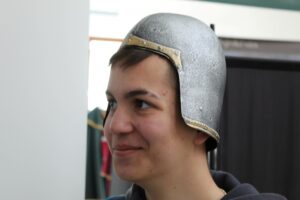
Then, we embarked on a winding and rather steep forest path leading to the ruins of Fejérkő Castle. Laughter and joy filled the chirping forest as we made our way through. Overcoming the challenging terrain, even for seasoned hikers, was worth it as we reached the castle, where a stunning view of Lake Balaton and the surrounding fields, meadows, and wooded hills awaited us. Our guide further enriched our knowledge here, leading us through the medieval past and sharing interesting stories that made it possible for us to imagine what life was like in and around the castle. We climbed the walls to explore every part, reconstructing in our minds the lifestyle of past centuries.
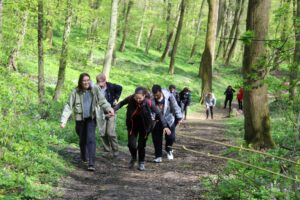
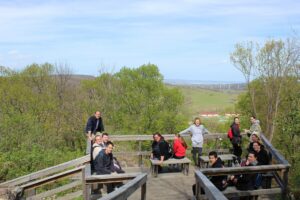
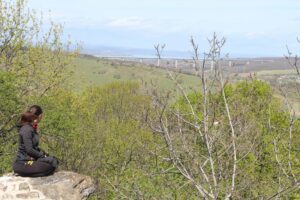
The journey back was on easier terrain, conducive to deeper conversations. We rested in a meadow on the hillside, where the boys, in the spirit of the Middle Ages, held a straw bale joust, inspired by knightly tournaments. In this case, the bale served as the “horse,” with the “squires” rolling the bales to assist their battling comrades, while the knights on the bales fought for survival on the challenging surface. We, as a good audience, laughed heartily – and of course, captured the events for eternity – as we watched the victorious knight.
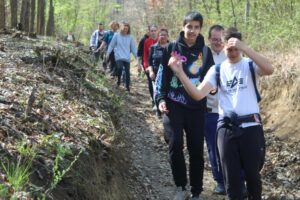
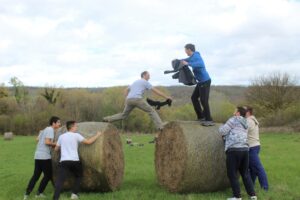
On the way home, we made two more stops: the first in Andocs, where one of Hungary’s best-known Catholic pilgrimage sites, the Basilica of the Assumption of the Blessed Virgin Mary, is located. Its sanctuary dates back to the 15th century and is believed to be of heavenly origin, brought by angels from Kalocsa. Here, there is also a miraculous statue of Mary from the Middle Ages. The statue is still dressed in various costumes at the main altar today, and visitors can see more than three hundred outfits in the exhibition space next to the church. The majority of the church and the adjacent monastery were built in the early 18th century. This destination was a fitting end to our excursion before Easter.
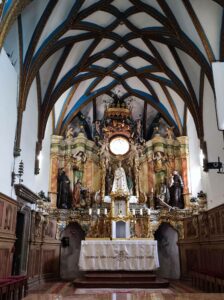
Our last stop made our day even sweeter with a delicious pastry in Igal. The pictures of our cheerful outing can be found in the Gallery.
Jázmin Pretz and Barnabás Radó
“We had been planning this trip for a long time, and it was worth the wait because in good weather, many – children and parents alike – set off on the journey. As an archaeologist, Kereki is one of my favorite places, as it is home to one of the best-preserved castle ruins, as well as an Avar cemetery that was previously excavated here. In addition, we organized a small exhibition here last year, where I gave a short – although it may have seemed long to the audience – guided tour. The path leading to the castle was also the most difficult section, as we had to climb a significant elevation gain of 500 meters over a distance of five hundred meters to reach the castle hill, which is 283 meters high. This height is not surprising, as nearby is the highest point in Somogy County, Almán-tető, which is 316 meters above sea level. After everyone caught their breath at the castle, another “guided tour” followed, and then we looked at the castle’s unique chair pit, the 500-year-old yew trees, and the special oak tree. The way back was easier, and overall we covered relatively few kilometers, but everyone gained a lot of information. On the way home, the team also formulated the next destination. So, all I have to do is prepare for that too.”
Máté Varga, Facilitator
